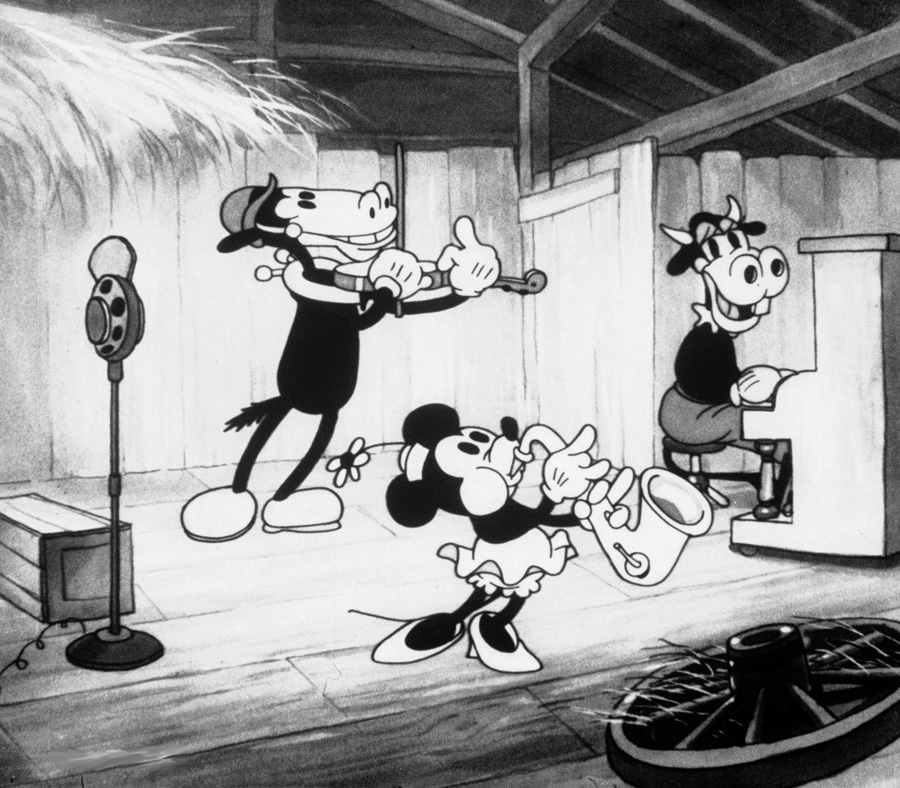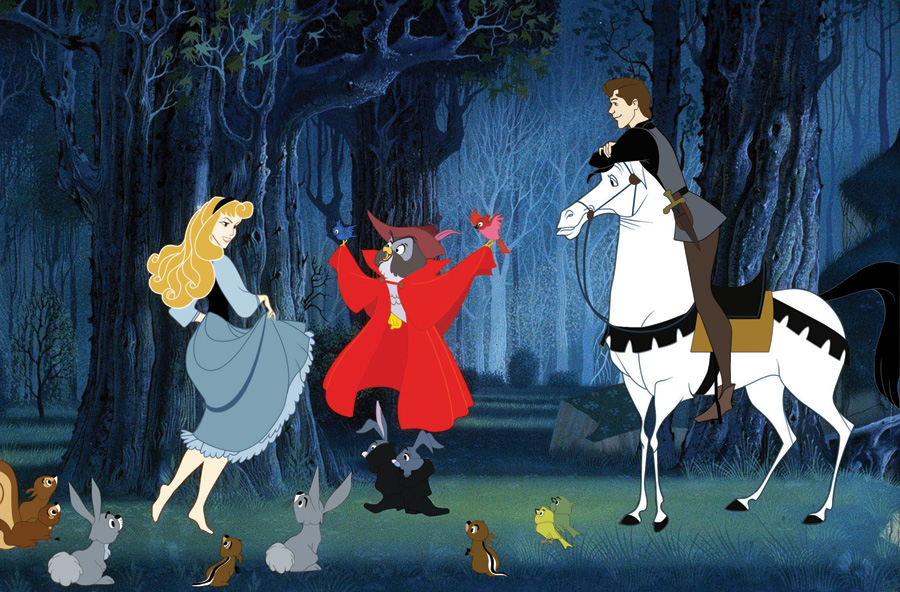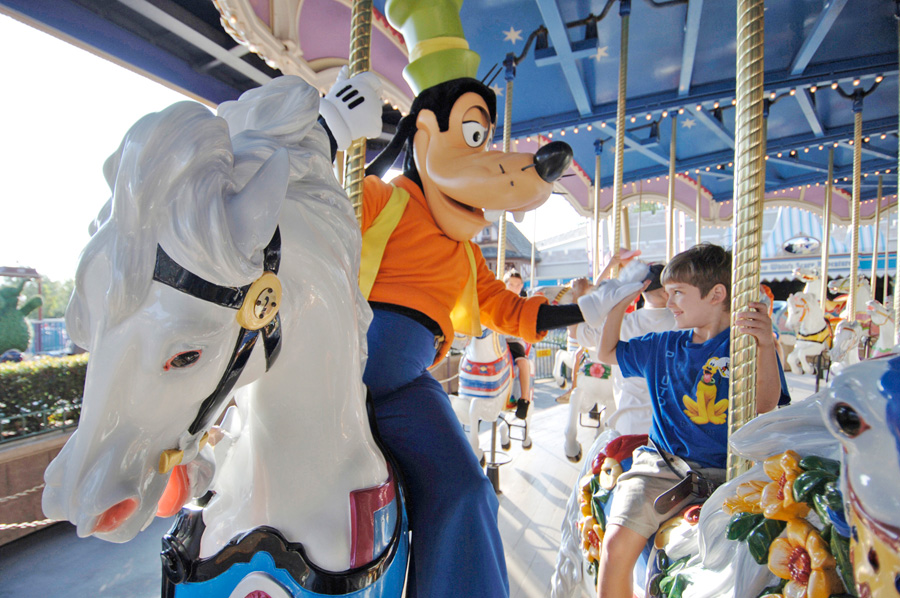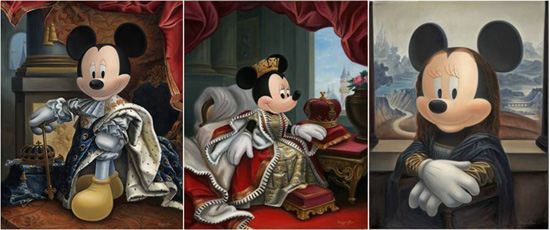After a bit more research, it turns out we have a whole stable of horses in the Disney family. In fact, horse characters have been really important to some of Disney’s most popular animated films. Who didn’t smile when Woody reunited with his trusty sidekick, Bullseye, in “Toy Story 2”? Other horse characters have bravely ridden into battle with princes, helped princesses flee from danger or simply hung around to provide comic relief (like the horse featured above with Goofy in the 1950 short “How to Ride A Horse”).
I just L-O-V-E Maximus, the horse from Tangled!!! How not to love him???
In honor of the resort’s special day, let’s have some fun and name as many Disney horses as we can – especially those that can be seen around the Walt Disney World Resort. See if you can add to the list below.
- Horace Horsecollar (Disney shorts) – What may be Disney’s first horse character, Horace (pictured above/left in the 1931 short, “Barnyard Broadcast”), made his debut in the 1929 animated short, “The Plow Boy.” Guests currently can catch him “hoofing it” in the Frontierland Hoedown Happening that takes place at Magic Kingdom Park.
- Horse Major, mice Gus and Jaq (“Cinderella”) – Cinderella’s mice friends, Gus and Jaq, are temporarily transformed into horses to pull her pumpkin coach to the ball while the existing horse, Major, is changed into the driver of the coach. Gus and Jaq currently can be spotted giving an illuminating performance in the Main Street Electrical Parade at Magic Kingdom Park.
- Samson (“Sleeping Beauty”) – Prince Phillip’s trusty steed accompanies him on all sorts of adventures in this 1959-flick, including meeting Briar Rose in the woods and joining him in the final battle against Maleficent. Guests can spot Prince Phillip, Samson and Maleficent in a new LEGO sculpture that decorates the LEGO Imagination Center at Downtown Disney Marketplace at the Walt Disney World Resort.
- Prince Charming Regal Carrousel (Magic Kingdom Park) – This carrousel, originally built by the Philadelphia Tobaggan Company in 1917, was acquired by The Walt Disney Company in the late 1960s. The carrousel and it’s 90 horses debuted at Magic Kingdom Park on opening day in 1971.
- Bullseye (“Toy Story 2” and “Toy Story 3”) – Bullseye arrived on the scene in “Toy Story 2,” when Woody ventures into Al’s collectible toy showroom. Guests can play games with Bullseye (and other “Toy Story” characters) at Toy Story Mania! at Disney’s Hollywood Studios, or spot him in the park’s Pixar Pals Countdown to Fun Parade.
- Khan (“Mulan”) – This horse appeared in “Mulan,” which was the first of three feature films produced inside Disney’s Hollywood Studios, in the same building that currently houses The Magic of Disney Animation attraction.



















